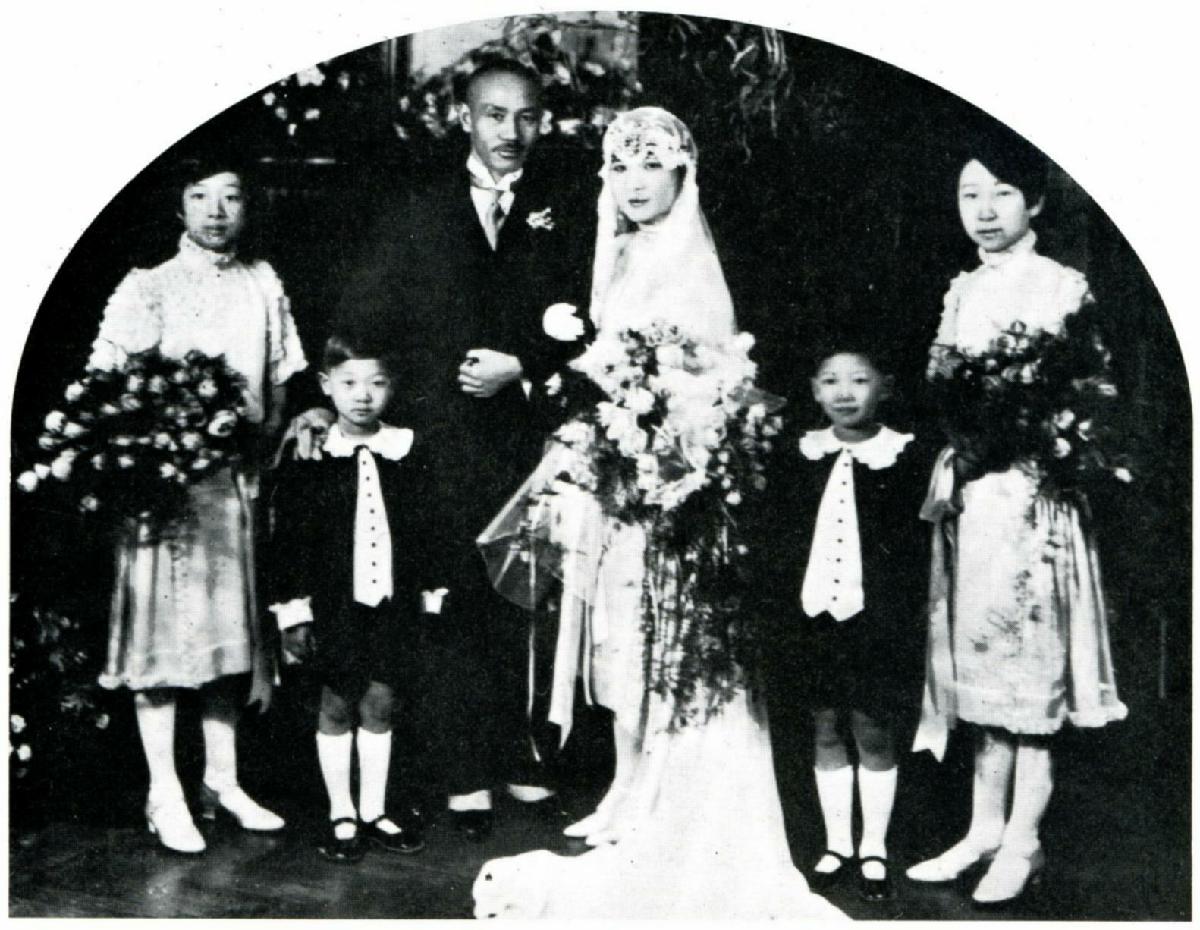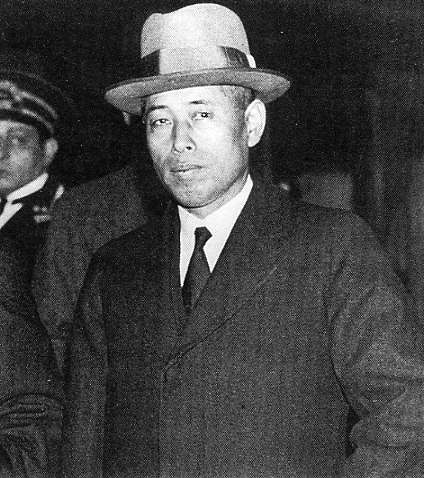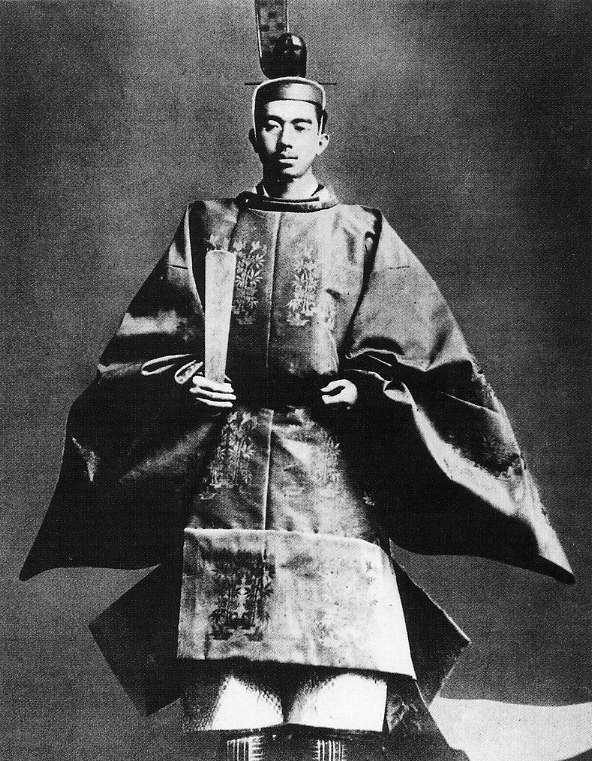14. ATTEMPTS AT RECOVERY (THE 1920s)


THE NON-WESTERN WORLD
 Many colonial peoples hope for Wilson's
Many colonial peoples hope for Wilson's"national self-determination"
 Chinese nationalism blossoms after the
Chinese nationalism blossoms after the
War
 Gandhi begins his campaign to get the
Gandhi begins his campaign to get the
British to "Quit India"
 The Pahlavi dynasty's modernization of
The Pahlavi dynasty's modernization of
Iran
 Japan begins the debate: pacifism or
Japan begins the debate: pacifism or
militarism?
The textual material on page below is drawn directly from my work
A Moral History of Western Society © 2024, Volume Two, pages 120-125.
MANY
COLONIAL PEOPLES CAME TO PARIS HOPING TO MAKE GOOD ON WILSON'S PROMISE OF THE RIGHT TO NATIONAL SELF-DETERMINATION FOR ALL PEOPLE |
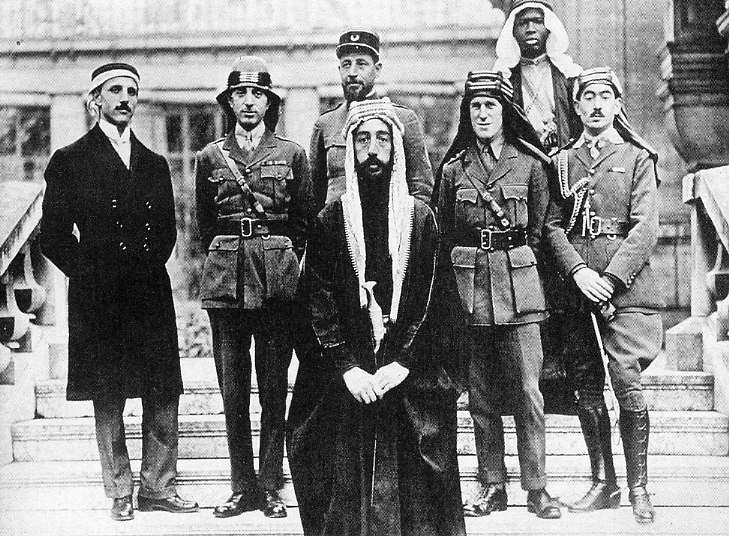
Imperial
War Museum, London

Library of Congress LC-USZ62-62808
CHINESE
NATIONALISM BLOSSOMS AFTER THE WAR |
|
The
Chinese meanwhile were trying to secure national independence from
extensive Western intervention – but were themselves inspired in their
efforts also not by one but by several conflicting programs of Chinese
reform ... each built around several competing political leaders. Clearly the Qing government was losing its grip over the country ... as the Chinese national spirit grew increasingly rebellious against this dynasty – which was Manchurian in origin, rather than of true Han Chinese descent. And its ineffectiveness in the face of the Western intervention only intensified this rebellious spirit ... for clearly to the Chinese, the weakness of the Qing made it clear that their dynasty had lost the all-important "mandate of Heaven." Thus rebellion broke out widely across China. Yuan Shi-kai. The Chinese emperor then (1911) called on General Yuan Shi-kai to be his prime minister … and crush the rebellion. Instead, Yuan sat down with some of the rebel leaders to work out the details for a Chinese Republic ... then getting the Qing emperor to abdicate, and finally making himself the president of this new republic (early 1912)! But Yuan was not happy with a huge victory in elections for the new National Assembly by the Chinese Nationalist Party – the Kuomintang or KMT. Its leader, Song Jiaoren, he had assassinated. Yuan then moved to bring the KMT under his personal control. Then as the Great War came to impact China, he tried to build the Chinese nationalist spirit around his personal rule … in having his assembly designate him as the new Chinese emperor. But before he could actually have this move formalized in 1916, Yuan died of kidney failure. At this point chaos again spread across China. Sun Yat-sen. But at this point a particularly active – and highly Westernized - medical doctor, Sun Yat-sen, returned from his exile in Japan to reorganize and take command of the scattered KMT. But he was facing numerous Chinese warlords – who saw the collapse of the Yuan government as also their great opportunity … if not to rule all of China, at least portions of it. But bit by bit Dr. Sun was able to reorganize and rebuild the KMT ... so that by the early 1920s, he (with some help from some rebel leaders, some local warlords, and from Lenin's Communist government) seemed to be able to secure more and more Chinese territory brought under KMT rule. But by 1923 a dispute he was having with a supposed supporter among the warlords had reached crisis proportions. China found itself again in a state of civil war. But with the help of his Soviet advisors (who were as interested as the Chinese in ending all Western governmental involvement in Chinese affairs) – and in securing the much-needed assistance of the young but militarily very skillful General Chiang Kai-shek in organizing a more modern KMT military, led by young officers trained at the newly established Whampoa Military Academy – Sun seemed to be on the path to bringing China finally under KMT governance ... when in early 1925 he suddenly died (cancer). Chiang Kai-shek. At first, a three-way struggle developed among KMT's potential leadership, with one assassinated, his assassin arrested, and the third, the Soviet-backed Communist Wang Jingwei, finally taking command of the KMT. Once in power, Wang then appointed fellow Communists to other key leadership posts. At about the same time, false accusations concerning an event in southern China resulted in a call for Chiang's arrest (1926). But rather than flee China (the expected recourse!), Chiang chose to take a stand and fight back against the KMT authorities coming after him. The results proved disastrous for the Communists – who, (including Wang) were arrested and imprisoned ... and the Soviet advisors (those who had not already fled) were expelled from the country. But oddly enough, the Soviet response was mixed ... with Soviet dictator Stalin still wanting to work with Chiang. Chiang then conquered China's warlords ... and brought nearly all of China under his own KMT authority by 1928. But the problems with the Chinese Communists and the ambitious warlords would always have the potential of breaking forth at any moment. |
The example of the privileged
treatment of the Japanese by the Europeans
and the general Chinese
disgust at being treated as coolies by the Europeans
spurs a new spirit of Chinese
nationalism – centered on fast modernization of China (following the example of
Japan).
At the same time, the Chinese are trying to
secure national independence from extensive Western intervention – but
are themselves inspired in their modernization not by one but by two
conflicting models of modernization: Chiang’s model of capitalism
and constitutional republicanism inspired by Britain, France and America
– and the communist model greatly inspired by Stalin’s Russia (but with
an indigenous agrarian character strongly inspired by Mao also).
This internal division will complicate Chinese efforts to offer a strong defense against Japanese aggression in the later 1930s |
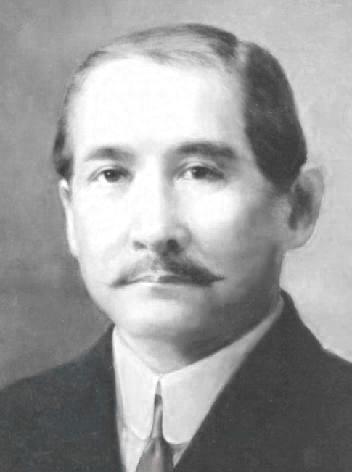
Dr. Sun Yat-sen - (1866 -
1925)
"Father of modern
China"
His ability to convince
many
of the competing political groups that he was one of them helped him forge a large
political movement – based heavily on Western democratic ideals
Sun Yat Sen (2nd from the
left) and his friends, so called "Si Da Kou" (Four Great Gangs) in the Hong Kong College
of Medicine for Chinese. He and his friends had little
patience with Chinese traditionalism
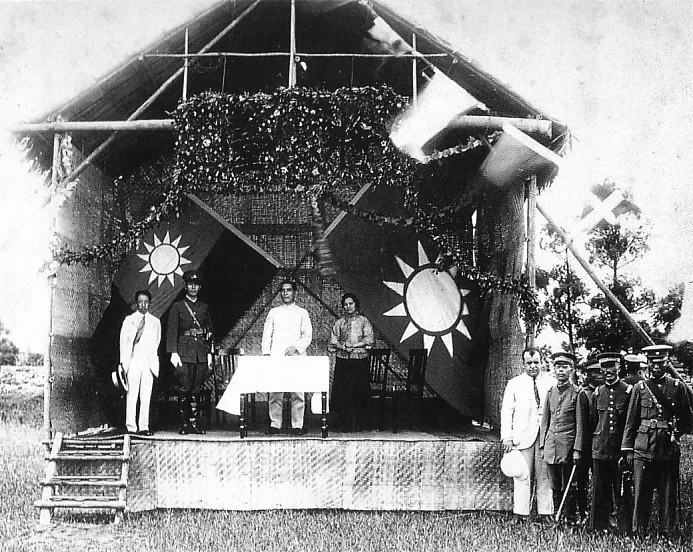
Sun Yat-sen [middle] and
Chiang Kai-shek [on stage in uniform] at the founding of the Whampoa
Military Academy in 1924. Sun knew that political
victory had to be forged through military power
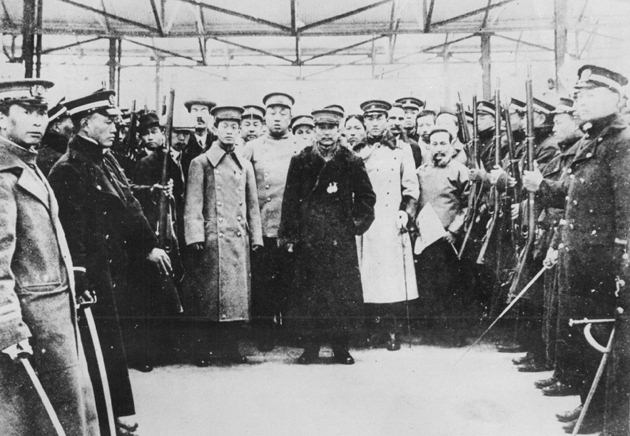
Sun Yat-sen and his Military
Staff. But before he could complete
his unifying conquest of China, he died of liver cancer - 1925
The western-style wedding
of Gen. Chiang Kai-shek and Mei-Ling Soong – Shanghai, 1927. She is a Wellesley grad
and sister-in-law of Sun Yat-sen (who died two years earlier)
GANDHI
BEGINS HIS CAMPAIGN TO GET THE BRITISH TO "QUIT INDIA" |
|
Imperial India
India had been the crown jewel of the British Empire ... a major supplier of raw materials (especially cotton) for British industry and a major market for finished products from Britain. India itself was more a continent than a country, something like Europe itself, with different religions (Hinduism, Jainism, Islam), different cultural regions (The Punjab, the Deccan, Bengal, etc.), numerous princely kingdoms, and sections here and there of India under direct rule from London. Holding it all together was the image of the Emperor and his bureaucracy ... formerly of Central Asian or Mongol origin (the Mughals) but now of English origin (Queen Victoria and her descendants on the British throne). Basically this arrangement worked to the satisfaction of most (India contributed 1.5 million loyal troops to the British cause during the Great War) ... until the legitimacy of the whole imperial notion came under challenge in the 1920s. The Empire under challenge
Three key elements were involved in this challenge to the legitimacy of the British Empire in India. Part of the feudal-like arrangement connecting India to England had been the general assumption that European were naturally more progressive, more talented socially than Asians ... that is up until the Japanese humiliated the Russians in the Russo-Japanese War of 1904-1905. The huge defeat of Europeans by Asians caught the attention of Asians everywhere, including in India ... though at first little came of it. But it indeed did undercut the notion that the British, because they were European, had a natural place at the head of Indian society. Another element was Wilson’s Fourteen Points in which he attempted to turn the war into a grand crusade for democracy ... putting America loudly behind the concept of the rights of national self-determination of people everywhere, especially those under imperial domination. Wilson of course had in mind largely the European subject nations within the empires of Germany and Austria-Hungary ... though certainly the logic would have applied to any empire – including the British and French empires. Many Indians took close note of this professed goal and expected some kind of a move towards independence as a result of their contribution to the democratic cause of the Great War. Gandhi
One of those Indians was Mohandas Gandhi, the third and most important element in the challenge to British imperialism. He proved himself to be one of those 1920s charismatic leaders with a talent for mobilizing a spirit of intense nationalism among the common people... though his methods were quite different than those of Mussolini and Hitler. Born in India, Gandhi was sent off to London to study law (and became interested in philosophy and religion as well) and was eventually admitted to the prestigious bar of London’s Inner Temple, although he returned rather directly to India ... where he found little success as a lawyer. He then moved his law practice to South Africa to represent members of the large Indian community living in the Natal Province. Racial attitudes in South Africa served to cultivate in Gandhi a strong interest in fighting the racism that underlay the whole imperial program, and he began to put together a political action strategy of simple non-violent street protests against unjust laws. He learned to cultivate the British sense of shame when their police went too far in suppressing revolt ... developing gradually his strategy of Satyagraha (clearly demonstrated moral action against injustice). In 1915 he returned to India, joined the pro-independence Indian National Congress, nonetheless actively supported the British effort in the Great War ... but continued to agitate in India for Indian rights against the local British administration. When famine hit a large section of India and the British did not respond with the support that Gandhi demanded of them, he started up a campaign of non-support of the authorities by getting Indians to refuse to pay their taxes to the British government. Such non-cooperation with the British authorities would become central to his campaign of Satyagraha. He then reached out to the Muslim community, supporting their protests against Western secularizers who had undermined the authority of the Ottoman sultan in Turkey. This move broadened his Indian appeal (the only Indian leader truly able to reach across the different Indian communities) and in 1920 he was given leadership of the Indian National Congress as a result. Gandhi now expanded his movement to include the Indian non-purchase of any British goods, especially textiles ... calling on the Indians to weave their own garments (as he himself set the well-publicized example). He also called on Indians to resign their positions in the British colonial administration and to withdraw from British educational institutions in India. Yet Gandhi never could figure out how to control a protest movement that soon got caught up in militant and then violent action. The Indian National Congress was not a disciplining organization like Mussolini’s Fascists or Hitler’s Nazi ... and only the moral appeal of Gandhi personally gave whatever discipline his movement was able to enjoy. Consequently despite his advocacy of nonviolence, Indian protests constantly turned violent. For instance riots in Bombay in November of 1921 resulted in the death of 53 people and the wounding of hundreds of others. Finally in 1922, as the violence spread, Gandhi was arrested and sentenced to six years in prison. Without their leader the movement then settled down. British efforts during the 1920s to recognize some degree of Indian self-rule was never greeted gladly by the Indian leadership (too little too late), and when Gandhi was released from prison and retook the lead of the movement he moved to a demand of full independence or Swaraj for India. He simply wanted the British to leave India and go back home to the British Isles. In 1930 Gandhi started up again his protest campaign of civil disobedience – this time as a protest against the salt tax – by leading thousands of Indians on a long march to the sea to make their own salt. And once again the movement turned violent as crowds of Indians passively marched up against British troops trying to keep order. The violence was terrible (and well covered by the press) and over 60,000 Indians were arrested (though not Gandhi). Yet Gandhi’s overall goal was achieved: the event shattered whatever loyalty was left for the British Empire in the hearts of most Indians.1 1American President Obama would later attest to the fact that Gandhi was a huge inspiration to his own campaign to equalize the races in America. 
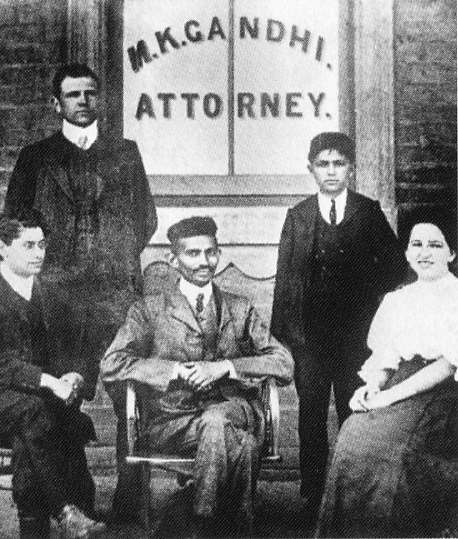
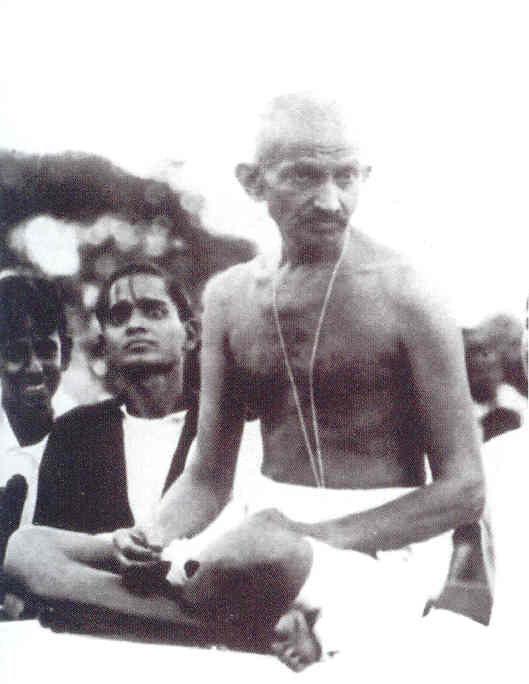

Reza Khan Pahlavi and his Cossack soldiers 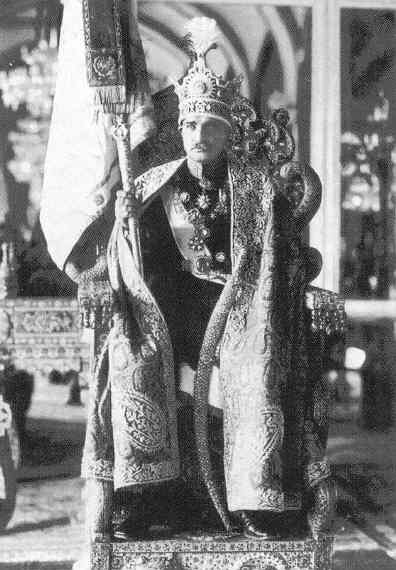
Shah Reza Khan - 1928
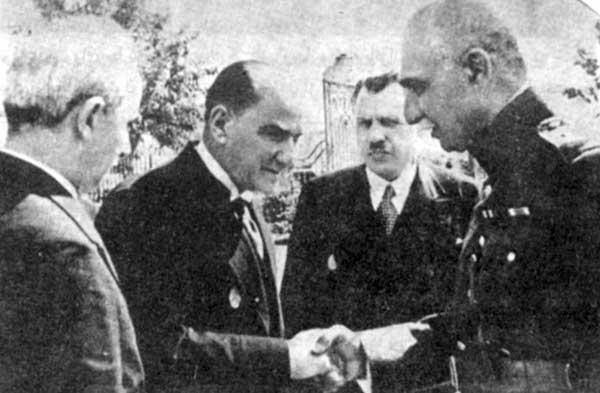
Shah Reza Khan (right) visiting fellow secular-reformer Ataturk (left)
|
